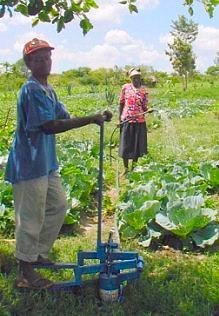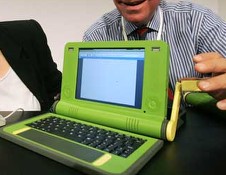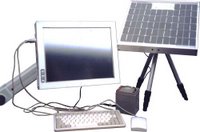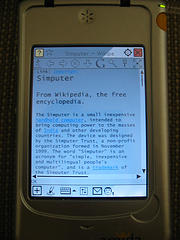VIA’s PHD Appliance
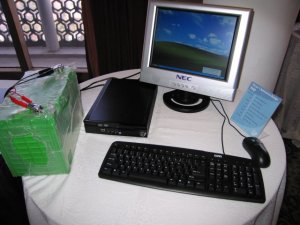
The computer chipmaker, VIA Technologies, Inc., has developed a computer system called PHD Appliance, which is designed for developing and rural areas with harsh environment. PHD stands for “Power, Heat, Dust”. It’s capable of running Windows XP with a 12V car battery or solar power where power grids don’t exist or power supply is not reliable. This has been made possible by VIA’a highly energy efficient processor platforms such as VIA pc1000 processor and VIA C-Series. The system is developed for VIA pc-1 Initiative program, which seeks to bring down the digital divide by introducing and facilitating ICT in the developing world.
PHP Appliance uses no fans and this has several benefits, there is nothing to suck dust and particles inside the box. One of the new designs of PHD has outer casing that incorporates broad heat-dissipation shell which makes the system effective and reliable in extremely warm climates.
PHDs are being used by Geekcorps in Mali. Geekcorps is an international nonprofit organization that promotes stability and prosperity in the developing world through information and communication technology. One of the programs that they have developed and implemented in Mali is “Cybertigi”. Cybertigi is a mobile computing kiosk based on the VIA PHD Appliance to sell cyber services such as email, voicemail, copying, digital imaging, printing, etc. The services are offered to people in rural Mali without access to basic information or communication services.
For latest info please follow the links.
http://www.via.com.tw/en/initiatives/empowered
http://www.viapc-1.com/index.php?option=com_content&task=view&id=330&Itemid=1
http://mali.geekcorps.org/2006/06/15/cybertigi-a-recap
